The Québec maritime Blog
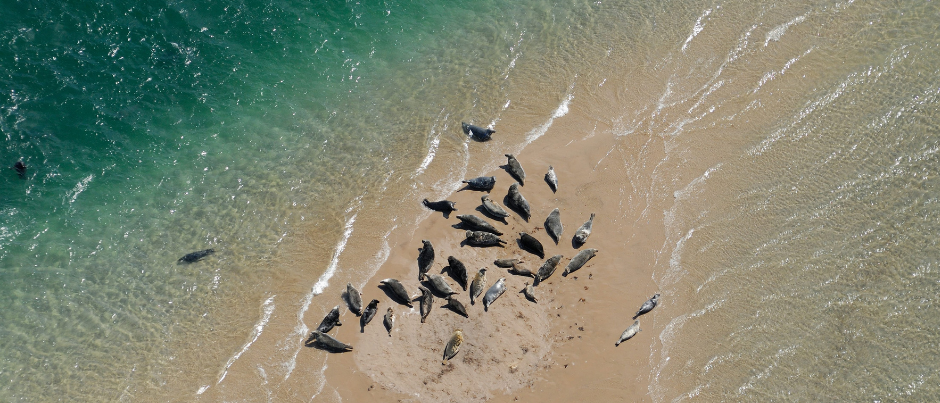
-
Îles de la Madeleine
Michel Bonato/Tourisme Îles de la Madeleine
Best Places to See Wildlife in the Îles de la Madeleine
Made up of seven inhabited islands stretching over a distance of 85 km (55 mi.), the Îles de la Madeleine archipelago is one of the most popular vacation destinations in Québec. You have two options to get there: you can fly or take a ferry. On and around the Islands, the sea, beaches, lagoons, dunes and marshes are home to exceptional wildlife. Take advantage of your stay in the archipelago to discover the best sites to observe seals, birds and land mammals.
Seals
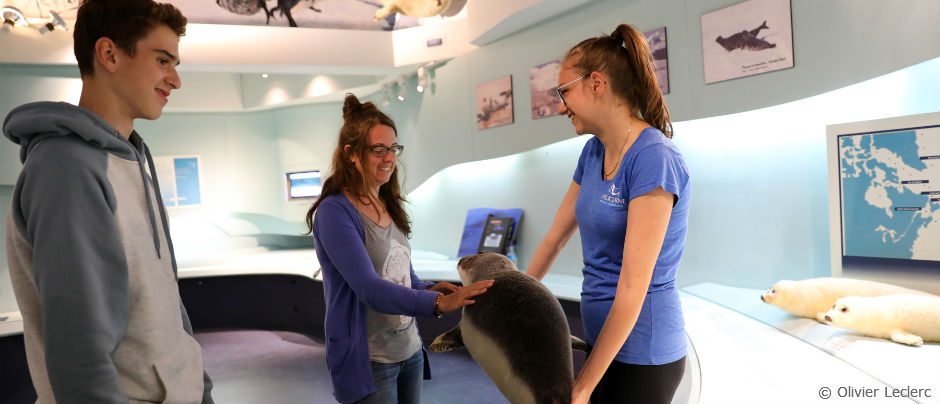
Four species of seals are found in the Îles de la Madeleine, which can be observed during sea excursions or strolls along a beach, depending on the time of year. Even if it’s possible to get close to these animals in many places, it’s always best to keep your distance. To learn more about seals, visit the seal interpretation centre operated by La Salicorne.
With their broad, long snouts and mottled grey coats, grey seals are easy to identify. They’re also the largest species of seals on the Islands as well as the most commonly seen in the summer. Opportunistic and rather aggressive predators, they mainly feed on fish from the Gulf of St. Lawrence, such as cod. They can be seen in Grosse-Île, on Corps-Mort (a rocky island located west of Havre Aubert Island) and on Dune du Sud Beach in Havre-aux-Maisons, facing the fishing harbour.
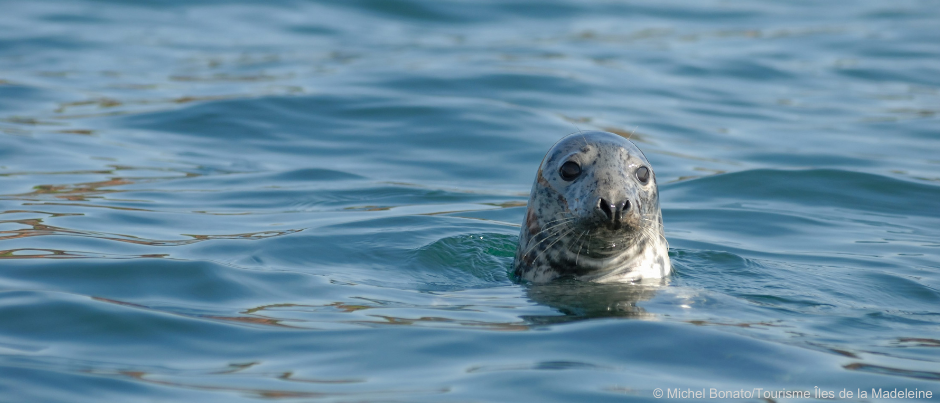
Smaller than grey seals, harbour seals often rest on rocks between land and sea near the shore. They can be spotted on Grande Échouerie Beach (also known as Old Harry Beach) in Grosse-Île, on Dune du Sud Beach and on Corps-Mort. You’ll recognize these seals by their small, rounded heads and their signature “banana pose” when out of the water!
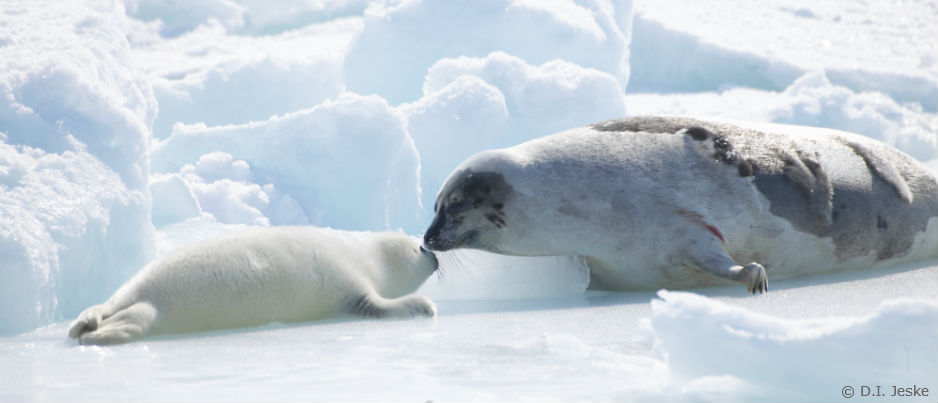
Harp seals can be observed in the winter, which is when they migrate to the Islands to whelp their pups (whitecoats). However, their presence is highly dependent on weather conditions and the formation of ice around the archipelago. Because this has become rarer in recent years, it’s increasingly difficult to see these seals.
Hooded seals owe their name to a prominent nasal appendage on adult males, which can inflate like a balloon! This species also uses the pack ice to whelp their pups when conditions are suitable.
Birds
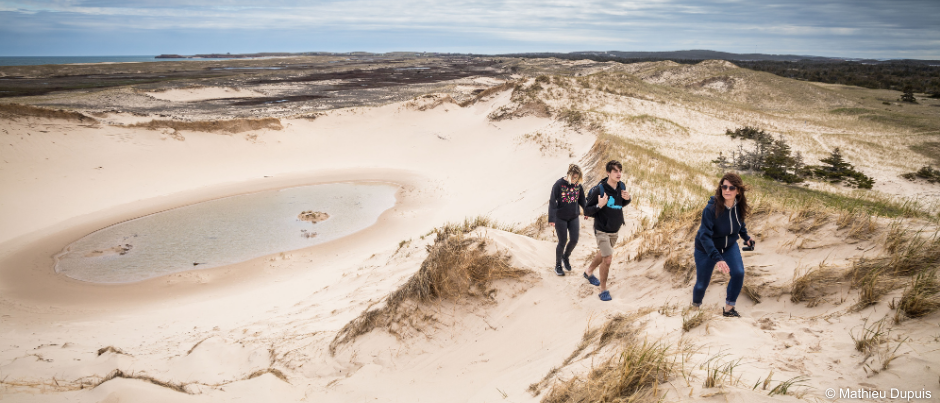
The Îles de la Madeleine archipelago is home to at least 300 species of birds, making it a particularly popular bird-watching destination. The best observation sites are usually near ponds and dunes, on secluded islands and in wooded areas. Of particular interest is the Pointe-de-l’Est National Wildlife Area, which protects an ecosystem that’s unique in Québec. Inquire about guided tours at La Salicorne.
Seabirds
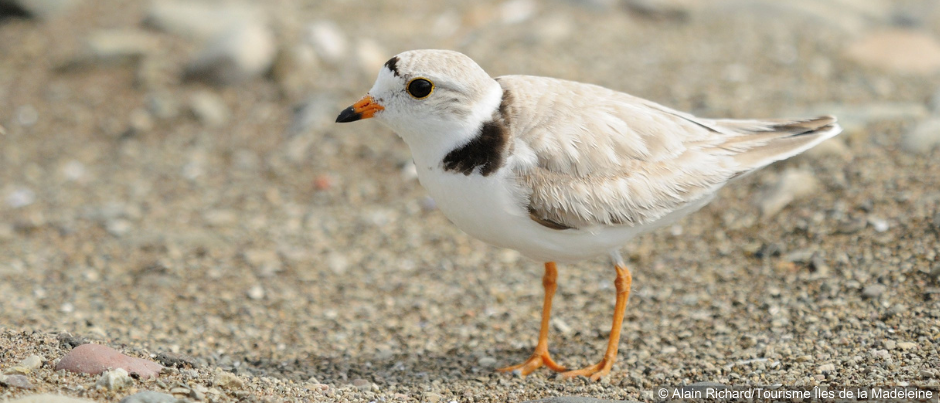
Among the many bird species that frequent the Îles de la Madeleine, piping plovers occupy a special place. In Québec, these small, endangered birds nest exclusively on the archipelago’s sandy beaches, where their sand-coloured plumage makes them almost invisible. They can be observed from late April to mid-August.
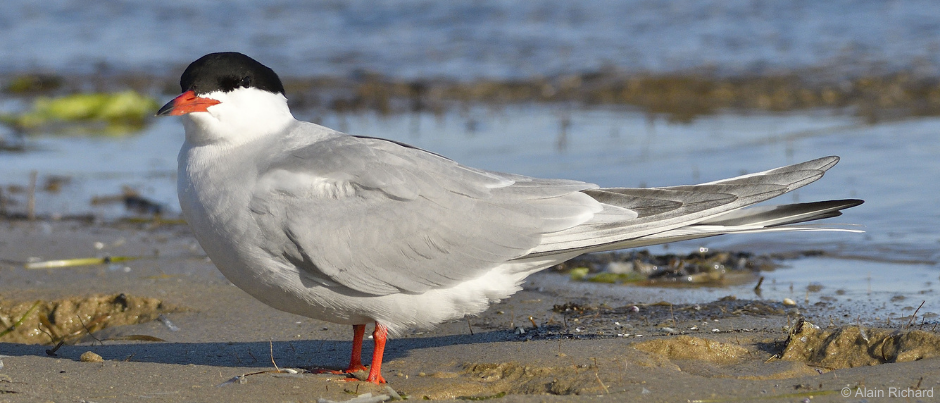
Several species of terns frequent the archipelago’s lagoons and islets. Roseate terns, a rare and endangered species, nest only on small grassy islands, notably on Île du Chenal, off Grande-Entrée. Common terns can be seen in La Martinique and on Paquet Island (formerly known as Île aux Cochons), while Arctic terns can be observed in the Pointe-de-l’Est National Wildlife Area.
Bonaparte’s gulls are found in the areas between Dune de l’Ouest and the La Martinique Beach, as well as on the cliffs of Entry Island and on Île aux Goélands off L’Étang-du-Nord. Black-headed gulls are found in these same areas as well as in the Pointe-de-l’Est National Wildlife Area. Other gull species also nest near the Havre-aux-Maisons marina, on Île Rouge (north of the bridge in Havre-aux-Maisons) and on Île Paquet.
Great cormorants and double-crested cormorants can be seen on Île aux Goélands and on Île Rouge, in the company of marsh terns. Both species of cormorants can be recognized by their dark feathers and excellent diving abilities.
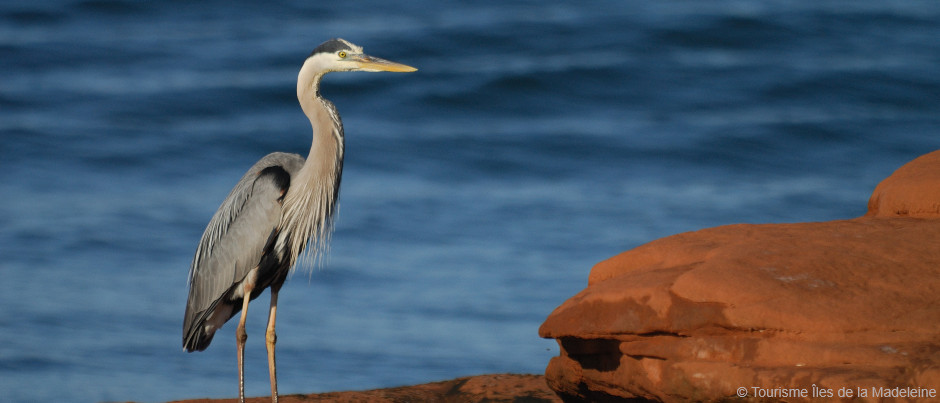
Great blue herons, which have blue-grey plumage, a long S-shaped neck and large wings, like to fish around Paquet Island, which is accessible via Chemin de la Petite-Baie and Chemin Cyr. These birds can also be spotted in the La Martinique area.
Marsh birds
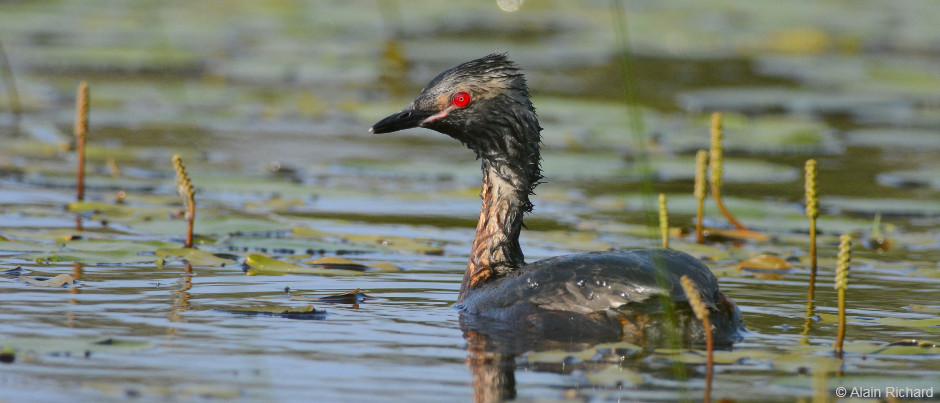
You’ll find many species of marsh birds in the Pointe-de-l’Est National Wildlife Area, including American bitterns, soras, Wilson’s snipes, Virginia rails and whimbrels. You may also spot horned grebes, an endangered species that can be recognized by its black head, brick-red neck, blazing golden “horns” and bright red eyes. A small colony of these birds lives on the Islands in the summer.
Forest birds
Among forest birds, you can spot yellow-rumped warblers, blackpoll warblers, Swainson’s thrushes, rusty blackbirds, fox sparrows and white-throated sparrows in the Pointe-de-l’Est National Wildlife Area. To see woodpeckers, passerines and boreal owls, explore the trails in Parc des Buck!
Land mammals
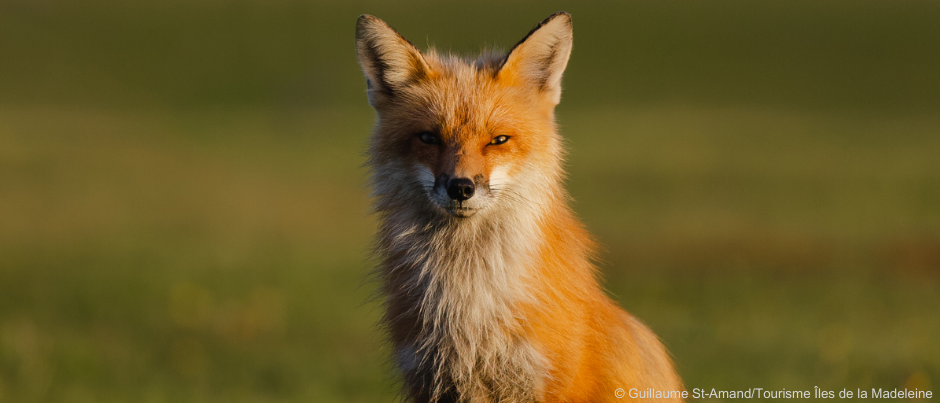
Compared with the rest of the province, the Islands are home to very few mammals. Two species were introduced to the archipelago in recent decades: red squirrels (in the late 1970s), which are now found on Havre Aubert, Cap aux Meules and Havre aux Maisons islands; and hares (in the early 1990s), which are now found on Havre Aubert and Cap aux Meules islands. Red foxes are one of the archipelago’s only native mammals and are found throughout the region. Surprisingly, a small population of American mink, descendants of animals that escaped from breeding farms, now lives in the ponds in Havre-aux-Basques!
So, what do you think? Will you be adding any wildlife observation activities to your itinerary during your next vacation in the Îles de la Madeleine? Start planning your stay now!

(0) comment